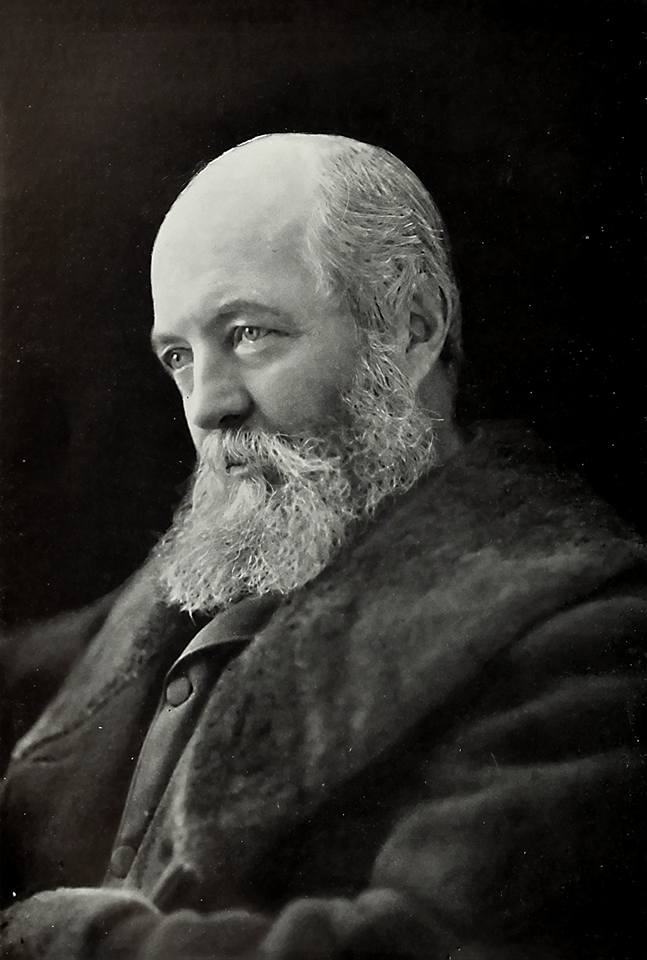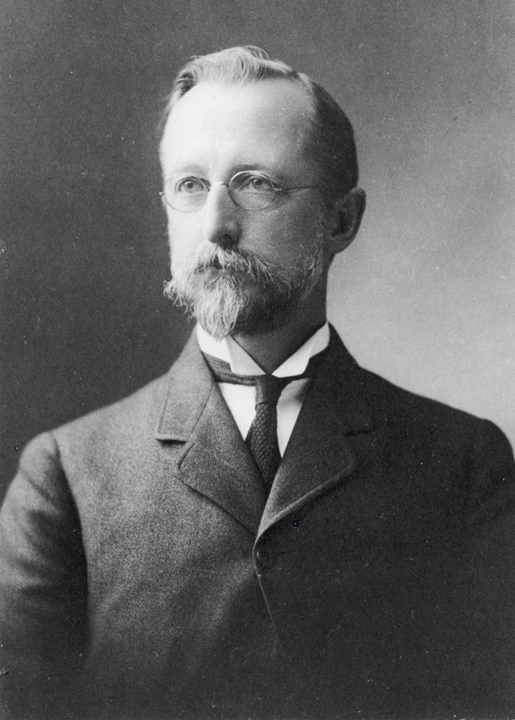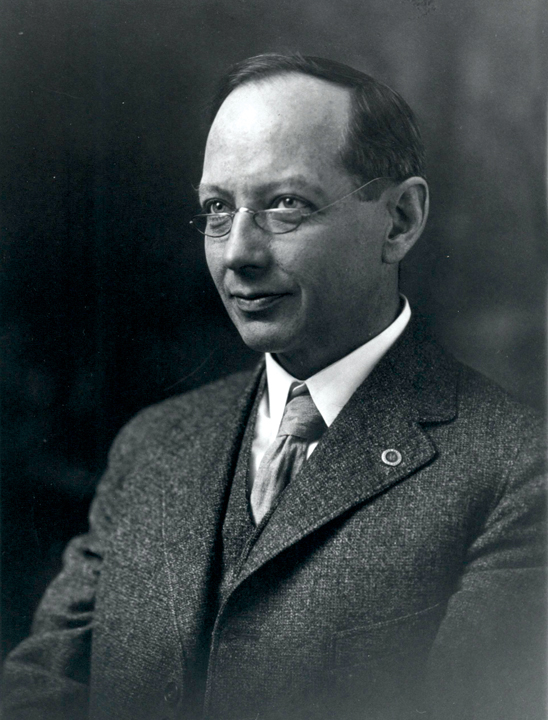OLMSTED HISTORY



America’s first landscape architect, Frederick Law Olmsted (1822-1903) believed that parks and landscapes were an essential part of democratic society. His designs created some of the most beloved public landscapes in the United States – Central Park in New York City; the first park system in Buffalo, New York; the Emerald Necklace in Boston; the Capital grounds in Washington, D.C.; the World’s Columbian Exposition park system in Chicago; the preservation of Yosemite and the Niagara Falls Reservation. Olmsted’s stepson John Charles Olmsted (1852-1920) and Frederick Law Olmsted Jr. (1870-1957) became leaders in the emergence of landscape architecture and city planning as professions. Upon Frederick Law Olmsted Sr.’s retirement in 1895, the firm continued as the Olmsted Brothers Landscape Architects through the 1950s. The Olmsted Brothers addressed the advent of the automobile with comprehensive planning of cities and the integration of active recreation facilities into older parks and park systems.
Maryland’s Olmsted Legacy
Beginning in the 1870s, Frederick Law Olmsted Sr. and later, the Olmsted Brothers Landscape Architects (OBLA), profoundly reshaped the urban Maryland landscape. Olmsted Sr. designed the early suburb of Sudbrook Park and the four Mount Vernon Place parks; he also consulted on other Baltimore parks during the 1870s to the early 1890s.
At the behest of the Municipal Art Society, Frederick Law Olmsted, Jr., and OBLA produced the comprehensive 1904 Report Upon the Development of Public Grounds for Greater Baltimore, conceptualizing a park system for the Baltimore region. The Olmsted vision for Baltimore’s park system was second only to Boston’s in size and scope. During the next two decades FLO Jr. and OBLA staff members provided considerable assistance on specific park planning and land acquisition. An extensive report by the Olmsted Brothers in 1926 extended the 1904 recommendations, especially projections to link the Gwynns Falls, Jones Falls, and Herring Run stream valleys with a wide variety of parks, parkways, and playgrounds. In many cases, the Olmsted firm assisted in the transformation of private estate grounds into public parks, such as in planning for Carroll, Clifton, Leakin, and Wyman Parks. Smaller Olmsted-designed neighborhood parks include Latrobe and Riverside. OBLA added major recreation and circulation improvements to Baltimore’s earliest major parks, Druid Hill and Patterson. In addition, FLO, Jr., was instrumental in planning the reconstruction of Downtown Baltimore after the 1904 Great Fire and creating the City’s planning department.
During the first decades of the twentieth century Frederick Law Olmsted, Jr., also served as landscape architect for residential communities whose development was being undertaken by the Roland Park Company. Applying principles that respected the local topography and combined privacy with appropriate linkage to surroundings, the result was the creation of residential communities like Roland Park, Guilford, and Homeland, which continue to be some of the area’s most distinctive.
Visit our Research & Resource page to download selected articles from The Olmstedian on the role of the Olmsteds in Baltimore parks and residential communities.
